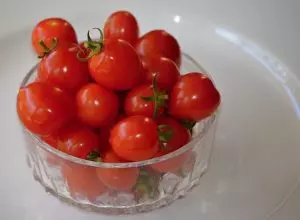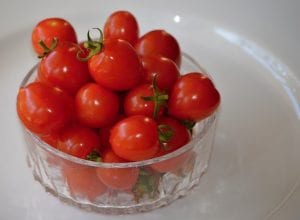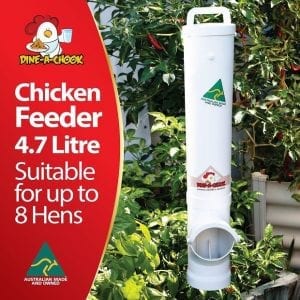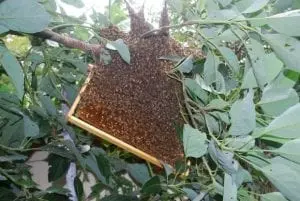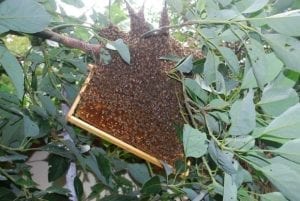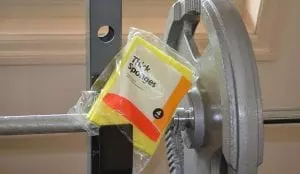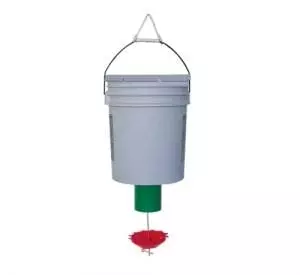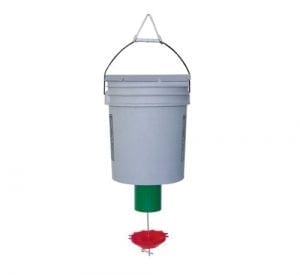Pumpkins are part of the cucurbit family of vegetables. Cucurbits are veggies like cucumbers, zucchini, button squash, watermelons and even gourds. I’ve been growing and eating a ton of pumpkins this past year- I’ve eaten them fresh, frozen them, made soup, given them away, you name it.
You can do this too, by following my 5 top tips on how to grow a ton of pumpkins!
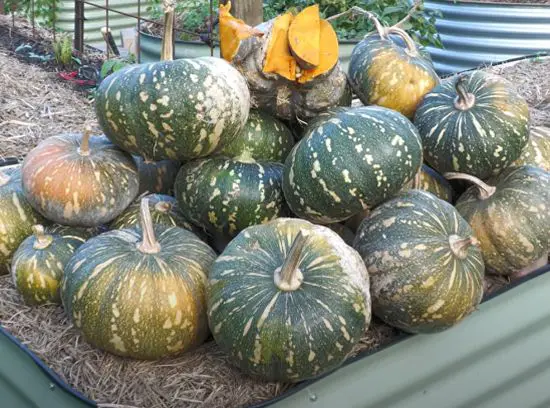
There are over 1000 different varieties of pumpkin for you to try growing- but maybe not all at once, because most pumpkins require SPACE.
And that’s my tip #1– make sure you manage the space you have according to the variety you’re growing. Pumpkins grow on a vine that is always branching out and expanding. They’re a bit like toddlers: they wander around everywhere and can easily go out of control if untrained. This isn’t totally a bad thing, because the vine will take root in multiple places, and therefore be able to draw water and nutrients from a larger area. This strengthens the vine and converts more energy into flowers, which means more fruit for you.

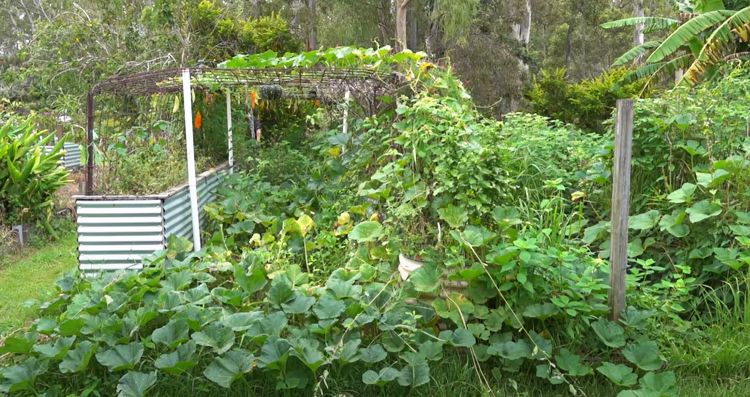
My pumpkin vine, shown above, is 14 months old. It started from a clump of seedlings (starts) which were planted together in the back corner of the high-raised bed shown above. As you can see, it has now taken over an enormous amount of space at the back of our vegetable garden. There’s actually a garden bed 33 feet (10 metres) long hidden under that vine! It grew up over the trellis initially, then down and sprawled across the ground.
Trellising has a number of advantages if you are able to do it. It gives you some control over the plants; you’ll be able to see and monitor the fruit, for one. If you need to bag or support the fruit this will be easier on a trellis, and keeping fruit off the ground will help stop rot and limit damage from pests. Additionally, vertical growing always saves space and looks attractive.

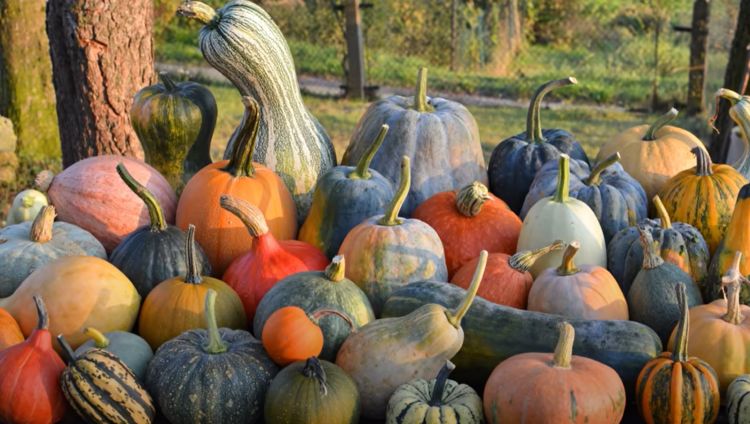
Tip #2, variety. Think carefully when you choose a variety of pumpkin to grow, as not all are grown for eating. Some are grown for size to win competitions. Others are grown for ornamental value, such as at Hallowe’en. There are lots of good (and weird!) varieties of pumpkin to try, and experimentation is usually a good thing. But if you want to eat your home-grown pumpkins, choose a variety that is renowned for its eating quality. Better-known types like Jap, Kent, Queensland Blue and Butternut make for great eating and are easier to grow too.

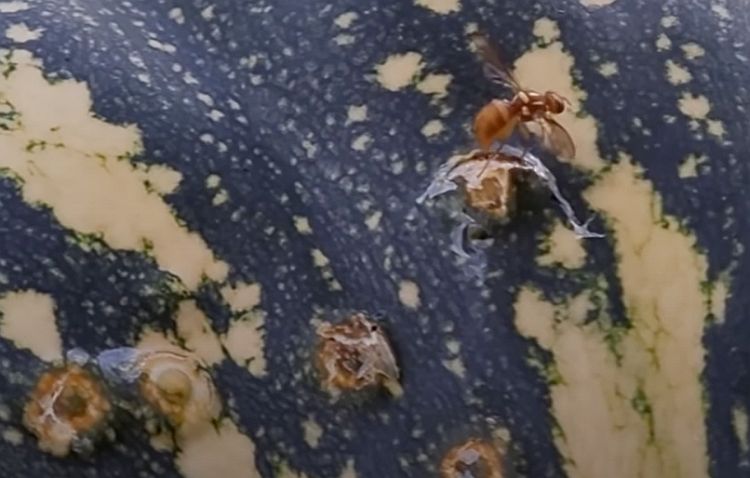
Tip #3, pests & diseases. Easy-to-grow varieties usually have good pest & disease resistance. Having said that, they’re not bullet-proof…or should I say, pest-proof! Depending on your local conditions, you may need to bag or net your fruit, or perhaps harvest them early. Here in Queensland, the QLD fruit fly is a particularly destructive pest in summer. The female fruit fly stings the fruit over and over in the one spot until she pierces the skin and can lay her eggs in the flesh. Bagging individual fruit before maturity helps (as long as you can find them!), or simply grow a thicker-skinned variety. I’m lucky that my subtropical climate allows me to grow pumpkin through winter when the fruit fly are less active, which saves me the work of bagging the fruit.
Pumpkins are susceptible to powdery mildew, particularly in humid weather. Powdery mildew affects many cucurbits in spring and summer, especially when warm days and cool nights occur. It looks like grey talcum powder has been sprinkled all over the plants’ leaves and stems. While powdery mildew looks pretty ugly, it won’t usually kill plants unless there are other issues as well. But it does cause premature dieback of the leaves and general lack of vigour, so it needs to be managed promptly and carefully if severe. (You can read more about powdery mildew here).
There are a variety of home made and commercial products that can be applied to combat it- Annette McFarlane details a number of them here. Generally though, any strong pumpkin vine grown at the right time of year that is well fed and adequately watered should be able to fend off some powdery mildew without too much trouble.
Tip #4, fertiliser and watering. My pumpkin vine (above) grew so big, I was scared that if I fertilised it, it might grow like a triffid and take over the whole neighbourhood! Seriously though, pumpkins do like a rich fertile soil, so adding some fertiliser throughout the growing season can really improve your results. This is a big plant that produces big fruit and lasts a long time, so it makes sense that it needs some food along the way. Similarly, pumpkin vines need regular watering. Food and water provide the energy to produce big fruit & lush leaves (which are completely edible too!). If you see the leaves drooping during the day, give it a good drink.

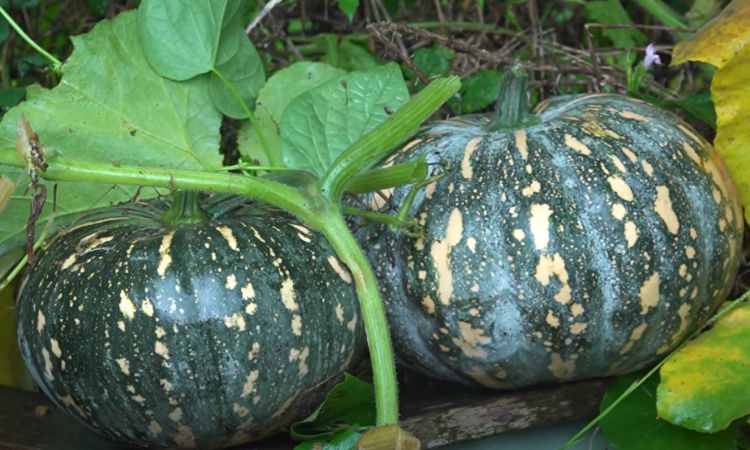
Tip #5, harvesting and storage. Whether you live a warm climate where you can have a perpetual pumpkin vine or in a cool climate with a shorter season, you need to know how and when to harvest and store your pumpkins.
Pumpkins are ready for harvesting when they get to the suggested size for their variety. They might change colour slightly or come away from the stem easily. If you live in a cooler climate, the vine may die back or die off completely. Leaves going brown or drying out are a sure sign that the plant has infused as much flavour into its pumpkins as it possibly can. Pumpkins won’t improve after picking, so harvesting at the right time time is pretty important. Cut them at the vine, and leave a couple of inches of stem attached. (Click here to see my detailed youtube guide on when to harvest pumpkins).
After harvesting, curing is the next step to take. Curing is when you leave the pumpkins sit so the skin can harden and any small blemishes can heal over. This is particularly important when you grow your own, as you’re picking them fresh. A tougher skin improves the shelf life and protects the inner flesh from deterioration. If you have mild weather the pumpkins can stay outside to cure. If not, they can be laid out on a table in a cool dry area. They need to have good air flow around them, so leave a little space between each one and don’t stack them. Leave your pumpkins to cure for about a week before moving them into long-term storage.

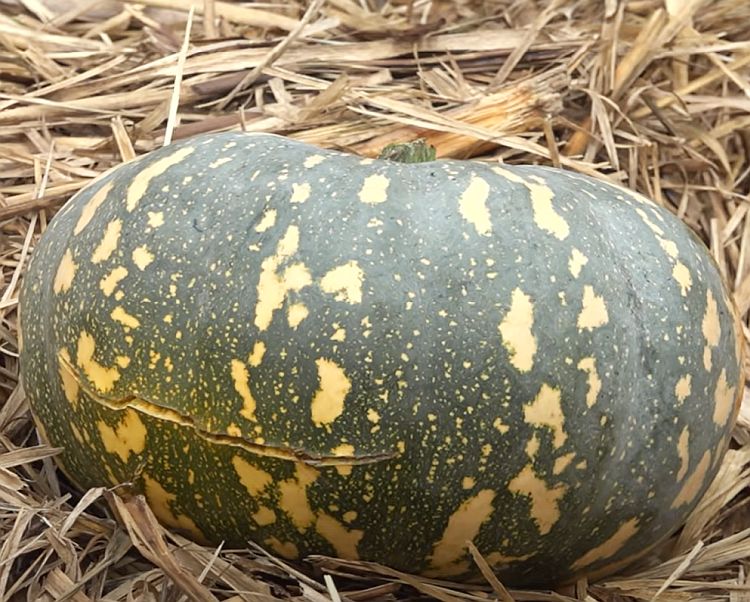
If you have any pumpkins that are blemished or cracked, be sure to eat those first. If you can’t eat them straight away, consider freezing or preserving them. Ideally, you should be able to keep pumpkins for at least six months in a dry, dark place. Thick skinned varieties will keep longer than their thin-skinned counterparts. 10-16 degrees celsius (50-60F) is the best temperature range for storage. Make sure you remember to check and rotate the pumpkins regularly, and lay them on a sheet or cardboard in case any begin to decay.
By harvesting your pumpkins at the right time and harvesting, curing and storing them correctly, you’ll be able to have enough pumpkins to enjoy for the rest of the year!



